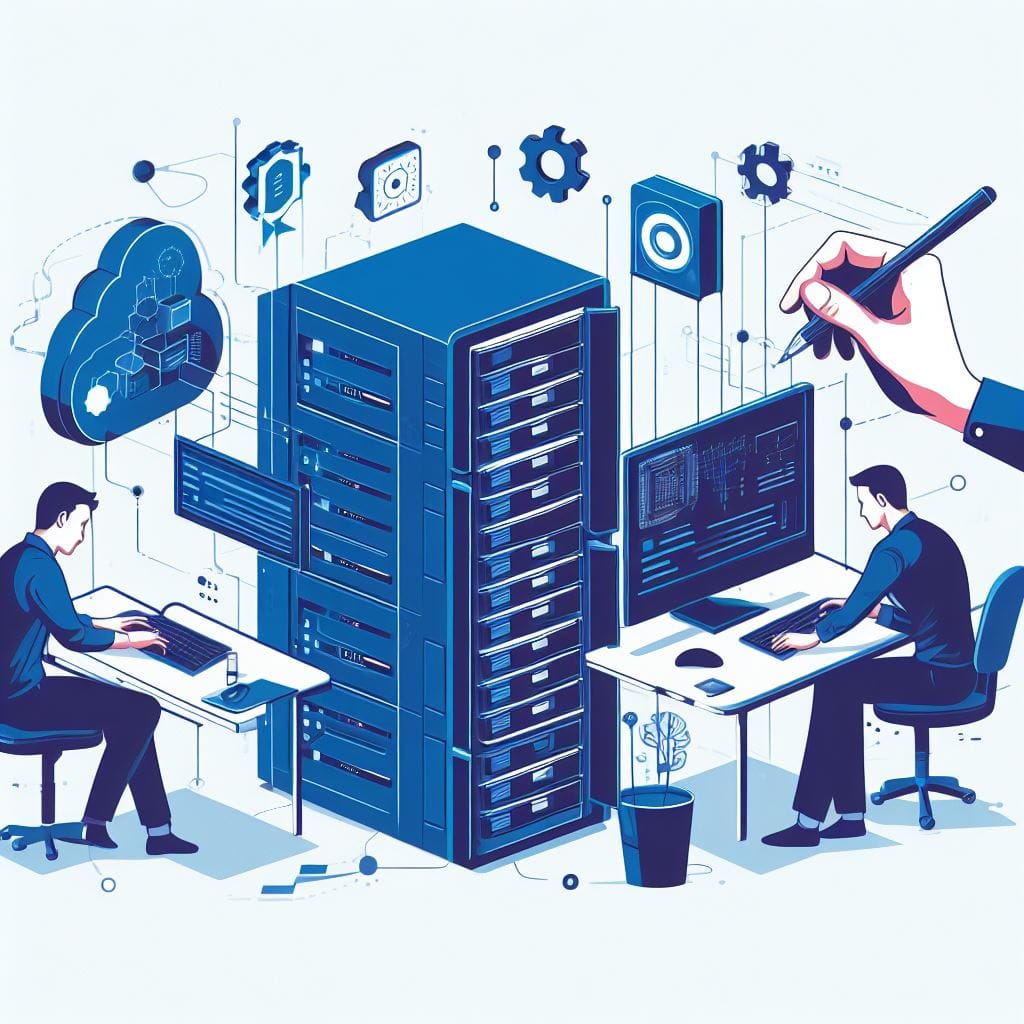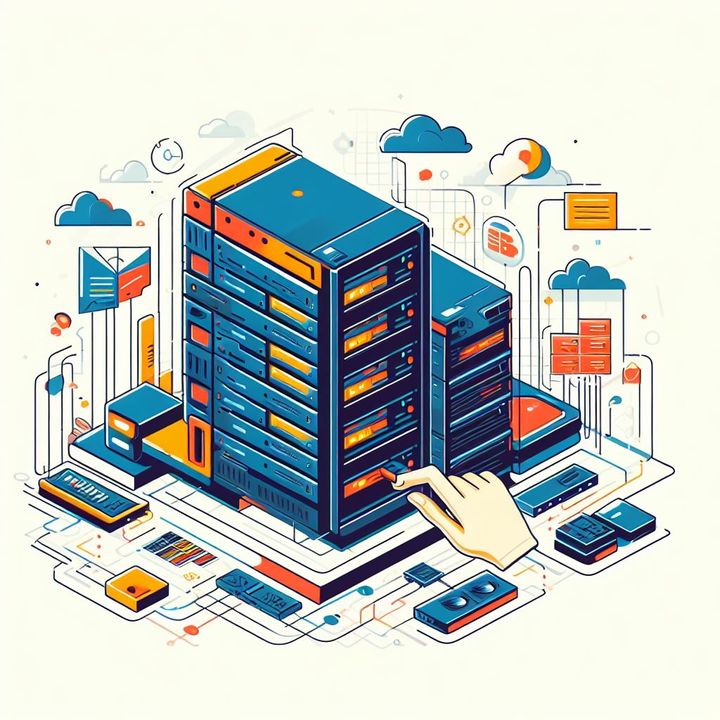How to Optimize Your Dedicated Server for Blockchain and Cryptocurrency Applications

Optimizing a dedicated server for blockchain and cryptocurrency applications involves several key steps to ensure smooth operation and security. Here's a guide to help you get started:
- Hardware Requirements:
- CPU: Ensure you have a powerful multi-core processor, as blockchain applications can be CPU-intensive. Consider Intel Xeon or AMD Ryzen Threadripper processors.
- RAM: Aim for a minimum of 16GB, but if you're running multiple nodes or complex applications, consider 32GB or more.
- Storage: Use SSDs for faster read/write speeds. Consider setting up a RAID array for redundancy and performance.
- Network: Ensure a high-speed and stable internet connection to minimize latency and ensure timely blockchain updates.
- Operating System:
- Choose a Linux distribution known for stability and performance, like Ubuntu Server, CentOS, or Debian.
- Security Measures:
- Firewall: Configure a robust firewall to allow only necessary ports (like 80, 443 for web access and specific ports for blockchain protocols) and deny all others.
- SSH Key Authentication: Disable password-based SSH authentication and use SSH keys for added security.
- Regular Updates: Keep your server's software and operating system up-to-date to patch vulnerabilities.
- Fail2Ban: Install and configure Fail2Ban to prevent brute-force attacks on your server.
- Blockchain Software Installation:
- Choose the specific blockchain software you're working with (e.g., Bitcoin Core, Ethereum Geth, etc.).
- Follow the installation instructions provided by the blockchain's official documentation.
- Node Configuration:
- Configure the blockchain node to suit your specific requirements (e.g., syncing mode, mining or validating settings, etc.).
- Optimize the configuration files to make the most of your server's resources.
- Monitoring and Resource Management:
- Utilize monitoring tools like Prometheus, Grafana, or server-specific tools to keep an eye on CPU, RAM, disk usage, and network traffic.
- Implement resource management practices like load balancing, resource prioritization, and process optimization to ensure optimal performance.
- Backups and Redundancy:
- Set up regular backups of your blockchain data and configurations. Use tools like rsync, SCP, or specialized backup solutions.
- Consider setting up a failover system or redundant servers for critical applications.
- DDoS Protection:
- If your server is exposed to the internet, consider using a DDoS protection service to mitigate potential attacks.
- Secure Access and Authentication:
- Use strong passwords and implement two-factor authentication for critical accounts.
- Restrict access to sensitive areas and functions to authorized personnel only.
- Optimize for Virtualization (Optional):
- If you're running multiple blockchain projects or virtual machines on the same server, consider using virtualization technologies like Docker, Kubernetes, or virtual machines (VMs) to isolate resources.
- Regular Maintenance:
- Schedule routine checks for updates, security patches, and performance optimizations.
- Documentation and Logging:
- Keep detailed records of configurations, installations, and any changes made to the server. Utilize logging systems for troubleshooting and auditing purposes.
Remember that each blockchain platform or cryptocurrency may have specific requirements and best practices. Always refer to the official documentation for the software you're using.



